Mushroom Magic: Uncovering the Spicy Secrets of Spanish Fungi Feasts
When you think of Spanish cuisine, paella, tapas, and chorizo might come to mind — but what about mushrooms? Yes, mushrooms! Spain has a rich tradition of incorporating fungi into its fiery dishes, blending earthy textures with bold spices for a culinary experience that’s both rustic and refined. In this article, we’ll dive deep into the world of mushrooms Spanish style, uncovering hidden spice gems, practical cooking tips, and fascinating cultural tidbits.
Table of Contents
- Why Are Mushrooms So Important in Spanish Cuisine?
- Popular Mushroom Varieties in Spain
- Spice Blends That Elevate Spanish Mushrooms
- 3 Must-Try Spanish Mushroom Recipes
- Pro Tips for Cooking Spanish-Style Mushrooms
- How Do Spanish Mushrooms Compare Globally?
- The Cultural Significance of Mushrooms in Spain
- Conclusion
Why Are Mushrooms So Important in Spanish Cuisine?
Spain’s diverse climate — from the cool northern forests to the arid southern plains — creates the perfect environment for a variety of mushrooms to thrive. For centuries, Spaniards have harvested wild mushrooms like chanterelles, porcini, and shiitake not just for flavor, but for their symbolic connection to nature and seasonal eating.
In regions like Galicia, Asturias, and Extremadura, mushroom foraging is practically a national pastime during autumn. These fungi are often combined with pork, garlic, paprika, and wine — creating rich, spicy stews and sautés that warm both body and soul.
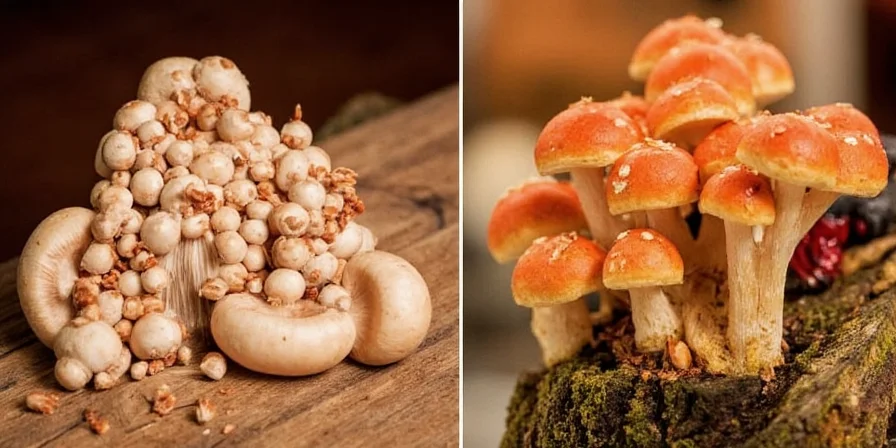
Popular Mushroom Varieties in Spain
Here’s a quick guide to the most commonly used mushrooms in Spanish kitchens:
| Mushroom | Flavor Profile | Common Uses | Regional Popularity |
|---|---|---|---|
| Rojos (Red Mushrooms) | Bitter when raw, becomes nutty and earthy when cooked | Sautéed with garlic and paprika | Extremadura, Andalusia |
| Setas de cardo | Meaty texture, mild, slightly sweet | Fried or in stews | Castile and León |
| Níscalos (Porchini lookalikes) | Cheesy aroma, fruity notes | Pickled, fried, or dried | Galicia, Basque Country |
| Champiñones | Mild, versatile | Paellas, omelets, sauces | Nationwide |
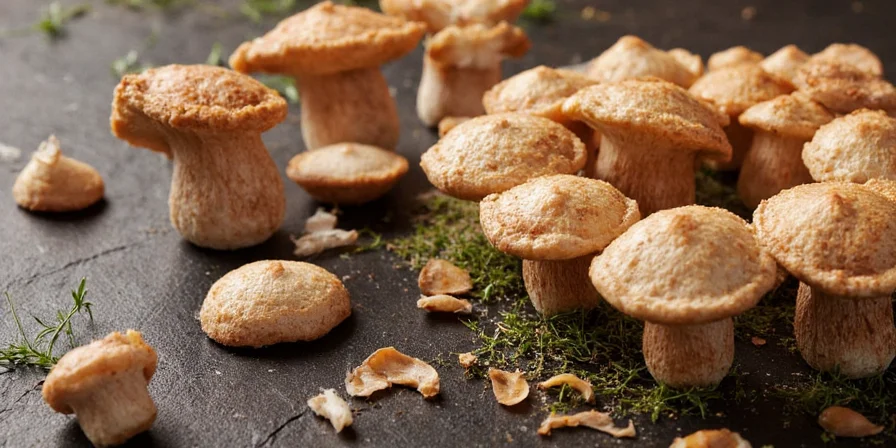
Spice Blends That Elevate Spanish Mushrooms
While mushrooms bring the earthy depth, it’s the spices that truly ignite the dish. Here are some classic Spanish spice combinations that turn simple fungi into flavor bombs:
- Pimentón y Ajo: Smoked paprika and garlic are a match made in heaven. Rub them onto mushrooms before grilling or roasting for an intense umami kick.
- Tomillo & Pimienta Negra: Fresh thyme and cracked black pepper lend a fragrant herbal contrast to richer mushroom dishes.
- Sherry Vinegar & Chili Flakes: A splash of vinegar brightens up the richness, while chili flakes add heat without overpowering the mushroom flavor.
- Saffron Threads: Especially in coastal areas, saffron is added to mushroom-rich rice dishes for color and complexity.
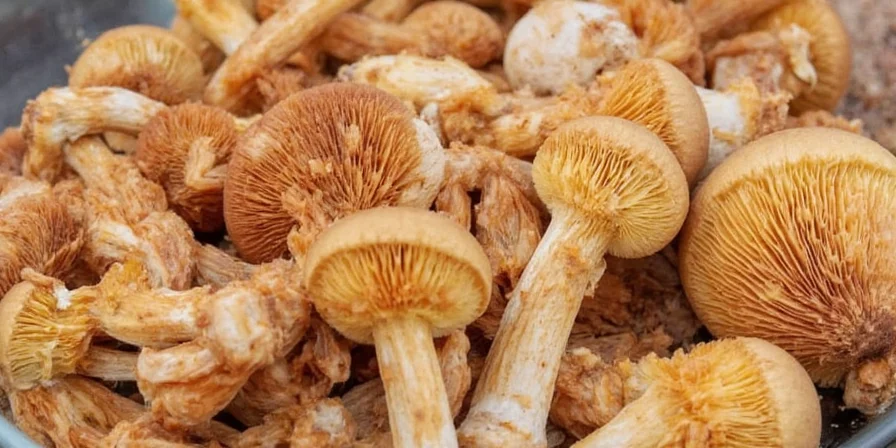
3 Must-Try Spanish Mushroom Recipes
If you're ready to channel your inner Spanish chef, try these easy yet impressive recipes:
-
Patatas Bravas con Setas
This twist on the classic bravas swaps tomatoes for sautéed mushrooms. Toss baby potatoes in smoked paprika, roast until crispy, then top with garlicky mushrooms and a drizzle of spicy bravas sauce.
-
Hongos al Ajillo
Similar to gambas al ajillo, this recipe uses roasted red peppers, garlic, chili flakes, and white wine to create a rich sauce over seared mushrooms. Serve with crusty bread!
-
Arroz Negro con Níscalos
A stunning black rice dish colored by squid ink, loaded with mushrooms, squid rings, and a touch of citrus zest for brightness.

Pro Tips for Cooking Spanish-Style Mushrooms
Want your mushrooms to taste like they came straight from a Spanish market stall? Follow these pro tricks:
- Dry Saute First: Avoid adding oil immediately; let mushrooms release their moisture first to develop better browning.
- Don’t Overcrowd the Pan: Cook in batches if necessary. Crowding = steaming = sad mushrooms.
- Use Dry Wines: A splash of dry sherry or fino adds depth without sweetness.
- To Peel or Not to Peel: For thicker varieties like setas, peeling the stem can improve texture.
- Season Late: Salting too early draws out moisture; wait until they start caramelizing.
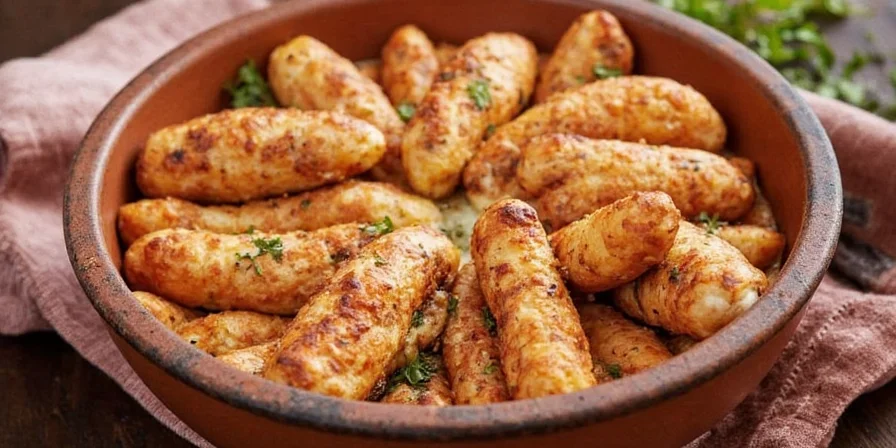
How Do Spanish Mushrooms Compare Globally?
Let’s take a global spice tour and see how Spain stacks up when it comes to mushroom cookery around the world:
| Country | Signature Spice/Ingredient | Texture Preference | Typical Preparation |
|---|---|---|---|
| Spain | Smoked paprika, garlic, sherry vinegar | Tender yet caramelized | Sautéed, grilled, or stewed |
| Japan | Miso, soy sauce, sesame oil | Soft and silky | Steamed, stir-fried, or in soups |
| Italy | Truffle, rosemary, olive oil | Ethereal and delicate | Lightly sautéed or in risottos |
| India | Garam masala, turmeric, ginger | Firm and chewy | Curries, kebabs, stuffings |
The Cultural Significance of Mushrooms in Spain
Mushrooms aren’t just food in Spain — they’re woven into the cultural fabric. Festivals dedicated to fungi abound, especially in the fall, where entire towns gather to celebrate their favorite finds. Some regions even offer guided foraging tours, complete with expert mycologists and post-hike tastings.
Moreover, mushrooms symbolize sustainability and seasonality, values deeply rooted in Spanish culinary philosophy. They represent the harmony between man, land, and tradition — a theme echoed in many Global Spice Traditions around the world.
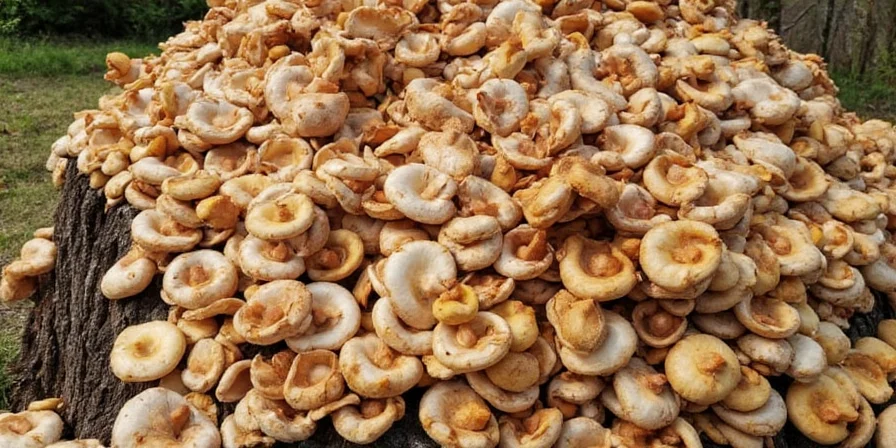
Conclusion
Whether you’re a seasoned chef or a curious home cook, exploring Spanish mushrooms opens a door to a world of flavor, culture, and spice wizardry. From the smoky pimentón-dusted sautés to the vibrant festivals honoring these forest treasures, mushrooms in Spain are more than ingredients — they’re experiences.
So next time you see a package of mushrooms in the store, don’t just toss them into a bland stir-fry. Channel the spirit of Spain: grab some garlic, a pinch of paprika, and a splash of sherry, and transform those humble caps into something magical. ¡Buen provecho!
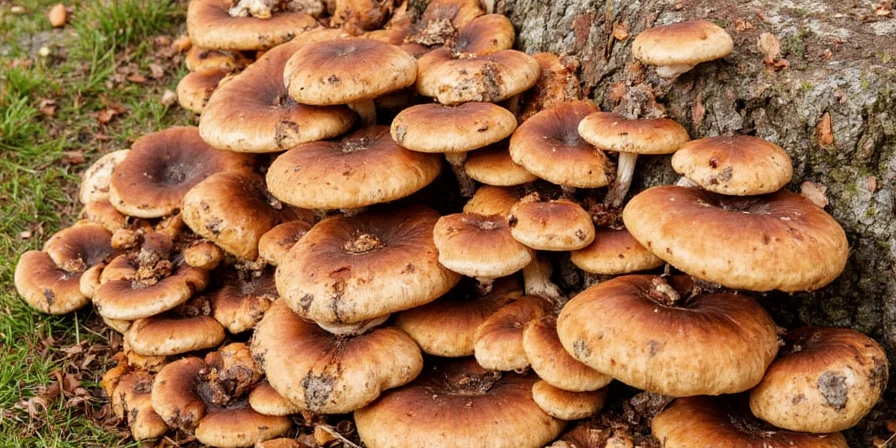

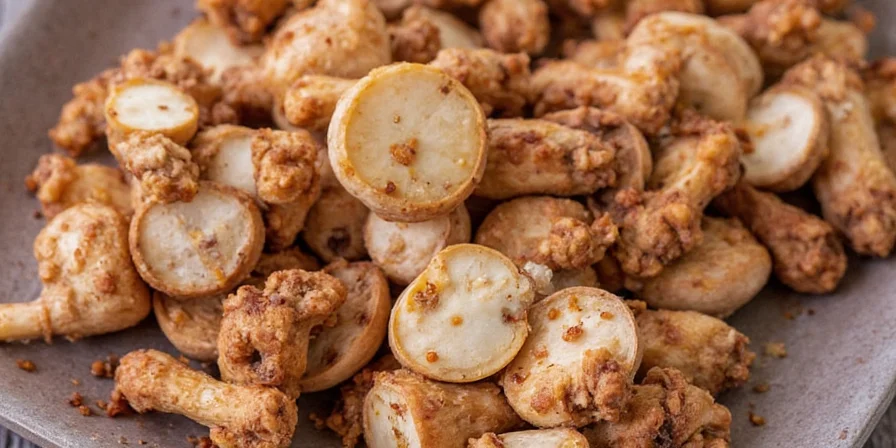









 浙公网安备
33010002000092号
浙公网安备
33010002000092号 浙B2-20120091-4
浙B2-20120091-4